When to Buy Full-FatWhen you’re at the grocery store and two options are staring you down—one that says “reduced fat” and one that’s unapologetically full-fat—choosing the less fattening option is a no-brainer, right? Not so fast! “Just because a product is labeled ‘fat-free’ or ‘lowfat’ doesn't mean it’s healthier or even lower in calories,” says Jared Koch, a nutritionist in New York and the founder of Clean Plates. “In fact, most lowfat or fat-free foods will have sugar and chemicals to make up for the loss in taste, which renders them poor nutritional choices.” Plus, our bodies need healthy fat in our food to keep our cell walls strong, absorb important vitamins and regulate our hormones. Taking away that fat and adding in chemicals can have another unexpected result: Franken-foods that don’t cook the way they should, or crumble up when they shouldn’t. Here are eight full-fat foods that are actually better for you than their reduced-fat or nonfat relatives. Salad DressingYou might think that a salad filled with low-calorie, lowfat veggies would find its match in a low-calorie, lowfat dressing. The opposite is true, though. Researchers from Purdue University found that while fat-free dressings are lower in calories than fat-based dressings, they block absorption of fruits’ and veggies’ nutrients, like carotenoids which protect your body’s cells. According to the study, dressings with monounsaturated fats (from canola and olive oil, for instance) boosted the absorption of the veggies’ carotenoids. Dressings made with polyunsaturated fat (from soybean oil) and saturated fat (from plain old butter) helped absorption, too, but it takes more dressing to reap the rewards. Don’t use this info as an excuse to smother your salad in high-fat dressing—just 1/5 tablespoon of extra-virgin olive oil drizzled onto a salad is enough to get the best out of veggies.Peanut ButterSure, peanut butter is high in fat and calories—a two-tablespoon serving can pack about 190 calories and 16 grams of fat. But is it nuts to buy the reduced-fat version? “The fat in peanut butter is healthy monounsaturated fat, which has been shown to decrease inflammation, raise healthy cholesterol levels, promote weight loss and possibly fight belly fat,” says Erin Palinski, RD, CDE, LDN, CPT, author of the forthcoming Belly Fat Diet for Dummies. “Reduced-fat peanut butter takes away some of this healthy fat and replaces it with sugar.” To make the most of your PB, buy a natural version with no added sugar.MilkIf milk does a body good, then nonfat milk probably does a body better, no? “Milk is fortified with vitamins A and D, which are fat-soluble vitamins—essential vitamins that are stored in your liver and necessary for the absorption of other important nutrients,” says Palinski. “When you take all the fat out of milk, you don’t properly absorb these essential vitamins.” (This is why you’ll often see skim milks with added vitamins A and D.) Instead of nonfat or skim amilk, try one percent—it’s still low in saturated fat, but it has just enough fat to up vitamin absorption. And there’s a bonus: “One-percent milk contains higher levels than fat-free milk of conjugated lineolic acid, which may help reduce body fat,” says Palinski. But if you’re looking for an extra calcium kick from your milk, a glass of skim could be your best bet.Click here for more fat-free options you shouldn't pick! Stories you might like: Which of these surprised you? Do you generally opt for regular fat options or fat-free options? Provided Photo |
More From SparkPeople
|
.jpg)




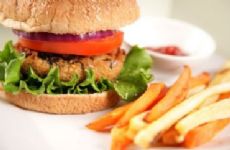
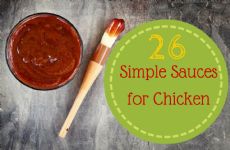
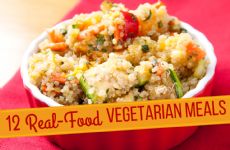


.png)





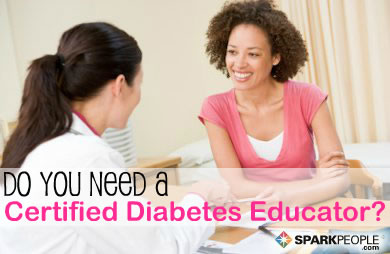
.jpg)
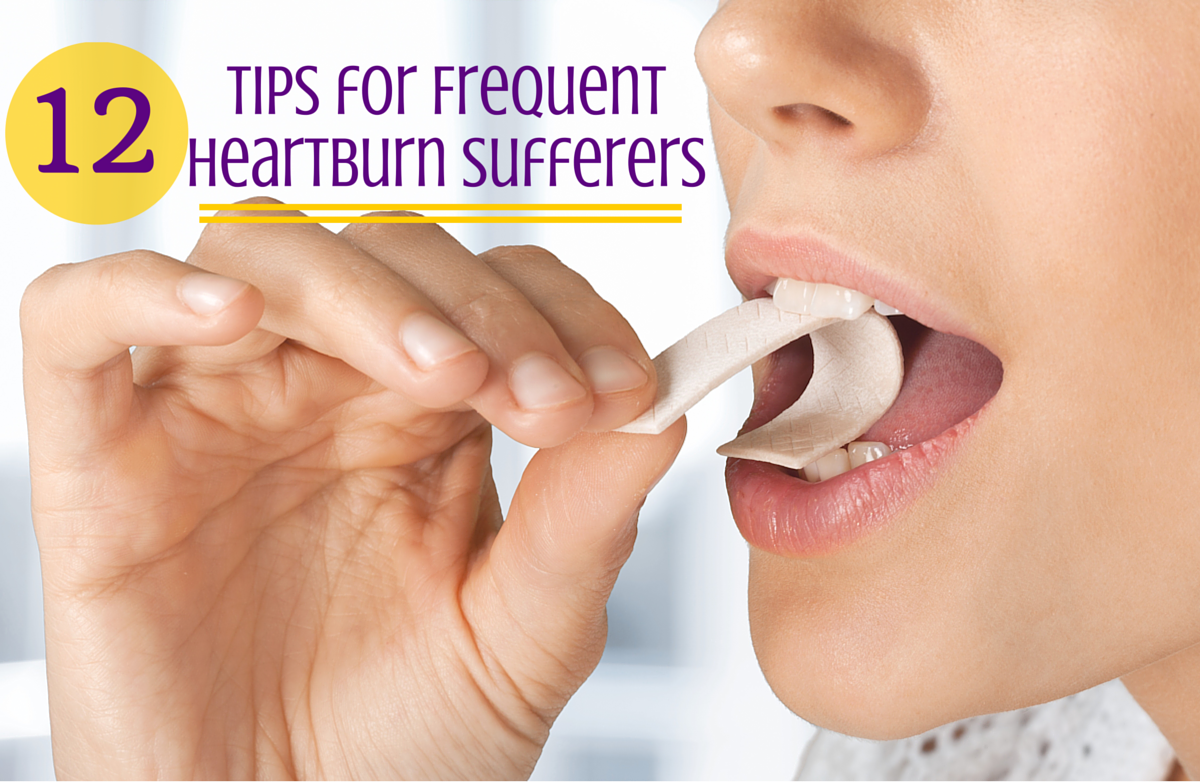

.jpg)